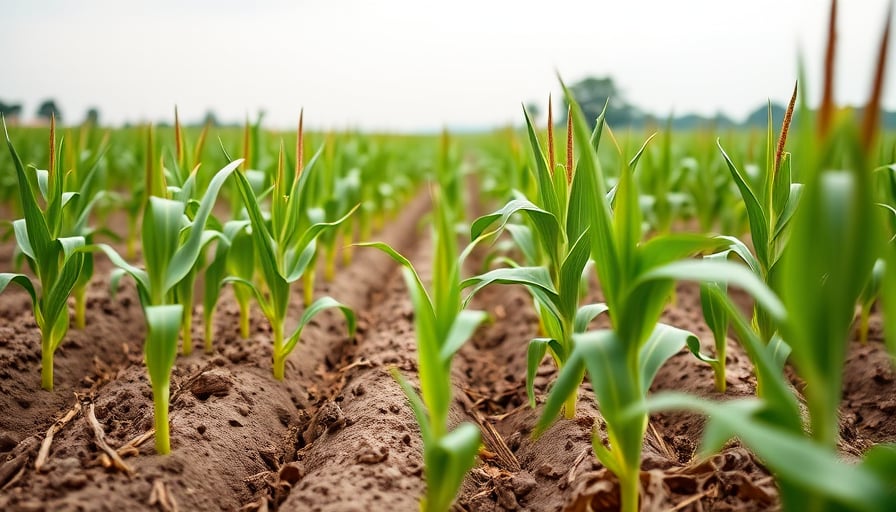XDC Network Expands Amid Market Movements and Regulatory Milestones
The XDC Network, a blockchain platform built to facilitate efficient cross‑border payments and real‑world asset tokenisation, has announced a significant expansion of its presence in Latin America. A $75 million tokenised debt issuance in Brazil, the country’s first blockchain‑tracked Agribusiness Receivables Certificate (CRA), underscores the network’s growing influence in the region’s financial ecosystem.
Tokenised Debt Issuance Drives Growth in Brazil
On 25 November 2025, XDC Network completed a $75 million issuance of tokenised debt that is fully collateralised by agribusiness receivables in Brazil. The move positions XDC as a leading infrastructure provider for regulated tokenisation in Latin America. By leveraging its proprietary XRC‑1 standard, the platform ensures that each token is backed by a legal‑valid contract, enabling issuers and investors to trade securities on a transparent, immutable ledger.
The Brazilian CRA, the first of its kind to be tracked on a blockchain, demonstrates a clear use‑case for XDC’s technology: real‑world asset (RWA) tokenisation that meets stringent regulatory requirements. According to XDC’s senior product officer, the success of this issuance is expected to catalyse further tokenised debt products across emerging markets, as banks and corporates look for lower‑cost, faster‑settlement alternatives to traditional securities.
Market Context: XDC’s Position in a Volatile Crypto Landscape
XDC’s price action on 24 November 2025 reflected a modest uptick, rising 3 % to close at $0.0544. The asset’s 52‑week range, from a low of $0.0478 on 20 November 2025 to a high of $0.1559 on 15 January 2025, highlights the volatility that characterises many altcoins. Despite this, XDC remains a market‑cap‑heavy player among utility tokens, with a capitalization of $1.004 billion.
In the broader market, Bitcoin and Ethereum dipped 1 % each, trading at $86,000 and $2,800 respectively, as part of a weekend cooling off. Yet XDC, along with AAVE, managed a 3 % gain, signalling resilience among tokens linked to infrastructure and financial services.
ISO 20022 Transition and Its Relevance to XDC
While XDC’s expansion is a notable development, the financial world has also been watching the finalisation of the ISO 20022 payment standard. The swift transition, completed on 25 November 2025, means that global payment instructions such as MT103 and MT202 have been supplanted by their ISO 20022 equivalents. XDC’s architecture is already designed to interoperate with ISO 20022, allowing it to act as a bridge between legacy banking systems and next‑generation payment flows. This alignment is expected to enhance XDC’s appeal to corporate and institutional clients looking to future‑proof their payment infrastructures.
Quantum‑Resistant Tokens and XDC’s Strategic Positioning
The quantum‑resistant crypto sector has attracted growing investor attention, with market capitalisation surpassing $9 billion. While XDC has not yet announced a quantum‑resistance upgrade, its underlying consensus mechanism and cryptographic protocols are considered robust against foreseeable quantum threats. The platform’s focus on real‑world assets and compliance standards aligns with the broader industry shift toward security‑first solutions, potentially positioning XDC to capture a share of the emerging quantum‑resilient market.
Outlook
XDC Network’s successful tokenised debt issuance in Brazil, coupled with its inherent compatibility with ISO 20022 and the broader market’s emphasis on security and compliance, suggests a trajectory of steady growth. As the platform continues to expand its Latin American footprint and explore new use cases for tokenised assets, investors and developers alike will likely watch closely to gauge how XDC navigates the evolving regulatory and technological landscape.




